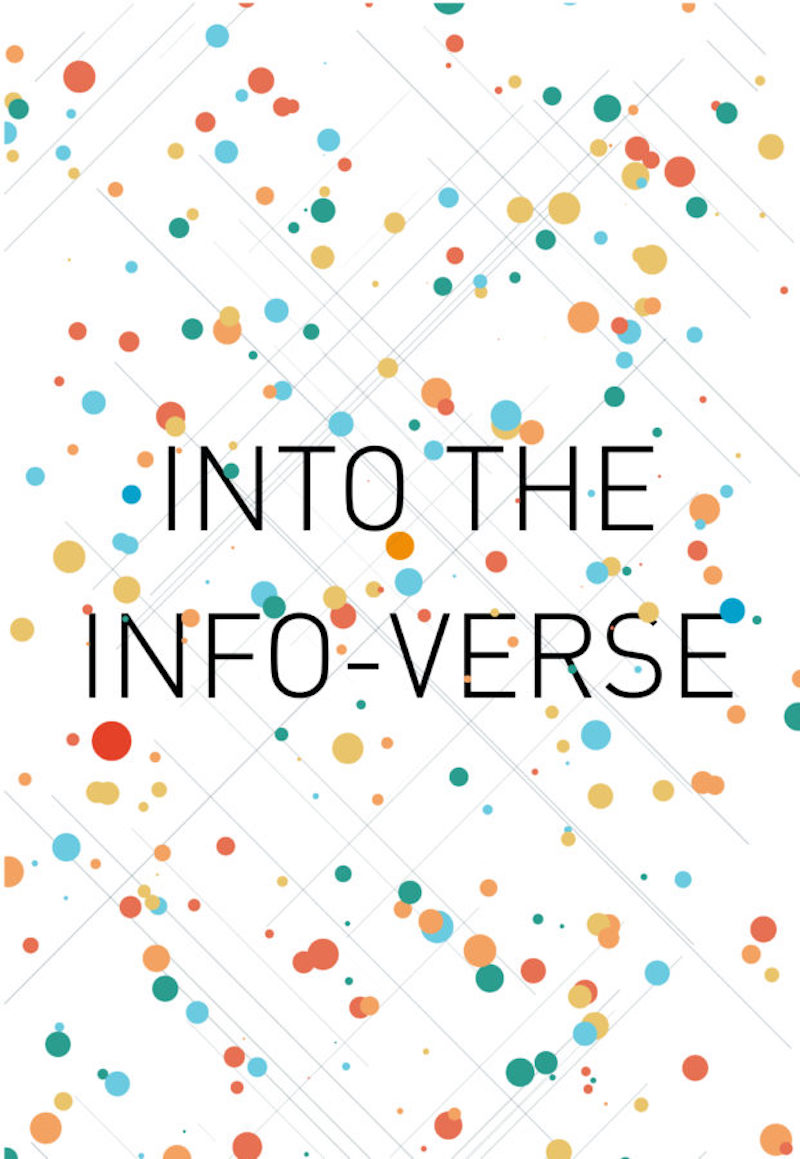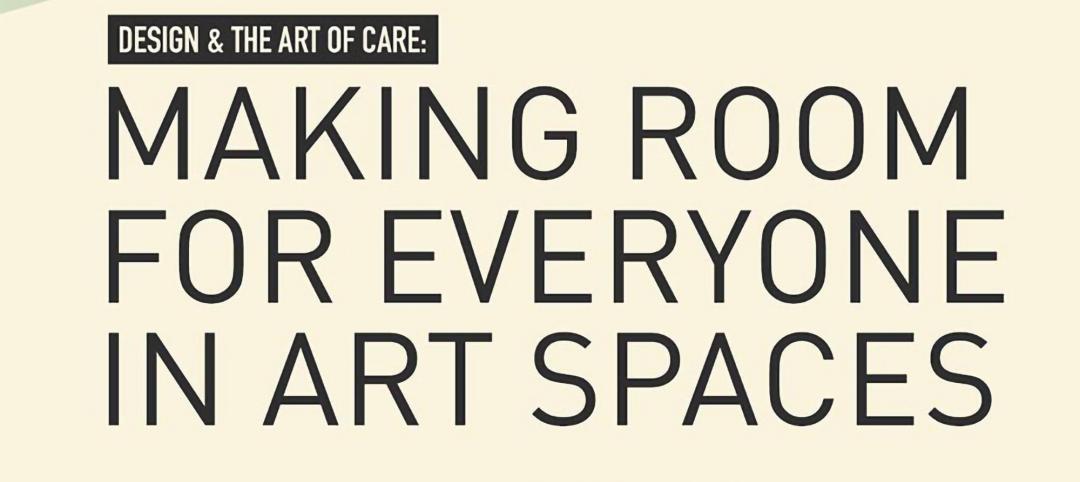Inexperienced users think they know what academic libraries can offer. Chances are, newly arriving (and even existing) students at your institution are unaware of the vast amount of information and resources available to them through the campus library. Academic libraries and librarians are uniquely positioned to serve students’ academic, professional, and social growth, from launching a career to becoming leaders and innovators in their chosen professions. The world of information and student populations are constantly evolving. Academic libraries can lead the way as campuses strive to stay ahead.
The Next Generation Library
A recent Chronicle of Higher Education report reveals that Generation Z (Gen Z) students prioritize support over comfort. They may be happy with simpler housing while benefitting from spaces that foster interaction with peers and professors. Personal development, in the form of mentoring on study habits, presenting, and writing skills, are important for Gen Z.
The library is the place for them to collaborate; learn, make and practice presentations; advance their digital proficiency; and access supplementary resources to help burnish their communication skills. As the library reprograms spaces and services to connect the academic community to validated digital information, space that once housed printed information is opened to collaborate and create.
Librarians: Beyond Books and Better than Google
Previous generations came to academic libraries for books and quiet, focused study. To the uninitiated, not much has changed. But libraries connect curious students to expert, human curators—librarians! —who can guide them beyond rudimentary searches. Librarians open doors to unexplored information, sources, and data, the tools to access them, and the know-how to put it all together to create something new. Good planning and architecture can help shape these relationships and propel this work. So how do you draw students deep into the information universe? The Hillman Library transformation at the University of Pittsburgh locates robust digital programs and offerings strategically and prominently along the most traveled paths through the building. The Open Lab, a dedicated creation space for VR and AR constructs is located in the back of the first floor, visible from a primary circulation path but not on it. Strategies that utilize daylight, display, and architectural features pique curiosity and attract visitors to this space off the beaten path.

Advanced Technology Advances Learning
Gen Z are digital natives, content creators, and hands-on learners. Many Zs cite working WIFI as more important than working restrooms! Gen Z uses making as a means of advancing understanding. Providing them with video recording devices, one button studios for presentation creation, VR and AR stations, 3D printing and laser cutting, digital editing equipment, and software to support data visualization, supports the way Zs and subsequent generations are learning and sharing work. The library is a place for a biomedical researcher to find and explore the tools to share information using data visualization instead of just putting numbers on a page. Here too, librarians are critical. They’re dot connectors who can help a genetics student find a graphic design student so they can develop dynamic ways of presenting new information. Libraries are natural places for cross-disciplinary collaborations to happen.

Spotlighting Special Collections
These distinctive collections hold rare, or specifically assembled items that are the pride of every institution. Every collection is unique, but they share one trait: they’re often hidden away in a protected corner of the library. Interactive technology and space can be used together to provoke curiosity and exploration. At Hillman Library, large interactive digital displays integrated with physical displays trigger curiosity and inspire students to browse deep into the library’s special collections. This strategy brings curated information and artifacts from the rare collections to a highly visible surface where engagement leads to digital exploration.

A Campus Melting Pot
According to the Pew Research Center, Gen Z is the most racially and ethnically diverse generation in U.S. history with 48% of Gen Z’s identifying as non-white. Roughly a third of Gen Z know someone who uses gender-neutral pronouns; they bring with them a greater awareness of racial inequity in our society.
Campus libraries are natural nexus points for inclusivity, dialogue, access, and cross disciplinary collaborations. They’re also the places where students can grow their academic and social networks. Carnegie Mellon University prioritized people over printed materials when they transformed an underused library into a campus magnet. Shifting 12,000 volumes of infrequently requested materials off-site allowed more room for strategically placed collaboration spaces as well as quiet, focused study areas. Post-renovation, usage of Sorrell’s Library has increased 115%. Libraries connect people to people. Working with or alongside peers provides the opportunity to flip a working relationship into a friendship.
A library’s welcoming and transparent entrance conveys invitation to all. At the library, there is no expectation of departmental expertise, making it a primary center for dialogue and discovery, regardless of one’s place in the academic universe. The provision of spaces and seating that facilitate a wide range of activities from intensive group presentation and discussion, to casual café conversation, to focused individual study make the library a truly attractive place for an extra hour between classes or an entire day on campus.
Propelling Student Success
Gen Z is focused on the value of their degree and the return on their college investment. This generation uses campus time as a career launchpad. They want to hone the skills employers expect on day one: writing, speaking, presenting. If students want to hone these skills beyond the classroom, the library is a natural place to provide these services.
Libraries support the academic, professional, and social needs of students. In this evolving world, your campus library should be coordinated programmatically and physically to provide students with the resources, skills and space to become tomorrow’s leaders and innovators.
More from Author
GBBN | Sep 12, 2024
How space supports programming changes at university libraries
GBBN Associate Sarah Kusuma Rubritz, AIA, uses the University of Pittsburgh's Hillman Library to showcase how libraries are transforming to support students’ needs.
GBBN | Jul 3, 2024
New science, old buildings: Renovating for efficiency, flexibility, and connection
What does the research space of the future look like? And can it be housed in older buildings—or does it require new construction?
GBBN | Jun 3, 2024
Insights for working well in a hybrid world
GBBN Principal and Interior Designer Beth Latto, NCIDQ, LEED AP, ID+C, WELL AP, share a few takeaways, insights, and lessons learned from a recent Post Occupancy Evaluation of the firm's Cincinnati, Ohio, office.
GBBN | Feb 26, 2024
GBBN's Inflation Reduction Act Calculator goes live
GBBN has publicly released its IRA Calculator, a tool that helps you understand funding opportunities in the IRA for sustainable design.
GBBN | Jan 25, 2024
Tactical issues for renovating university research buildings
Matthew Plecity, AIA, ASLA, Principal, GBBN, highlights the connection between the built environment and laboratory research, and weighs the benefits of renovation vs. new construction.
GBBN | Dec 14, 2023
What's next for affordable housing in 2024?
As 2023 draws to a close, GBBN’s Mary Jo Minerich and Amanda Markovic, AIA sat down to talk about the future. What’s next in terms of trends, technology, and construction of affordable housing?
GBBN | Oct 11, 2023
Leveraging land and light to enhance patient care
GBBN interior designer Kristin Greeley shares insights from the firm's latest project: a cancer center in Santa Fe, N.M.
GBBN | Aug 31, 2023
Small town takes over big box
GBBN associate Claire Shafer, AIA, breaks down the firm's recreational adaptive reuse project for a small Indiana town.
GBBN | Jun 20, 2023
Designing arts spaces that curate inclusivity
GBBN's Julia Clements and Marcene Kinney, AIA, LEED AP, talk tips for designing inclusive arts spaces.
GBBN | Mar 22, 2023
Onsite prefabrication for healthcare construction: It's more than a process, it's a partnership
Prefabrication can help project teams navigate an uncertain market. GBBN's Mickey LeRoy, AIA, ACHA, LEED AP, explains the difference between onsite and offsite prefabrication methods for healthcare construction projects.
















